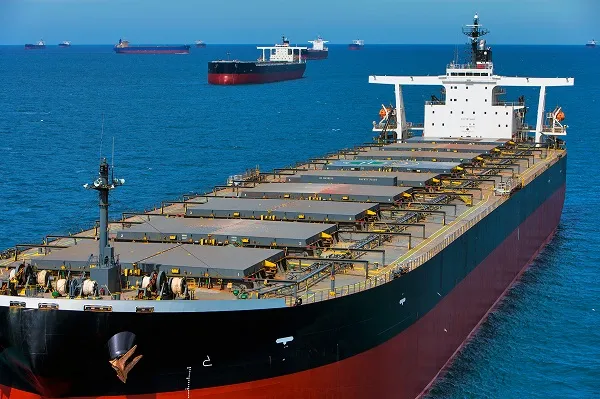Incident description
We have recently seen an alarming increase in the number of High Potential (HiPo) Near Miss reports related to poor preparation of helicopter landing areas. Most cases have involved loose items of equipment, in particular slack (unpressurised) fire hoses.
